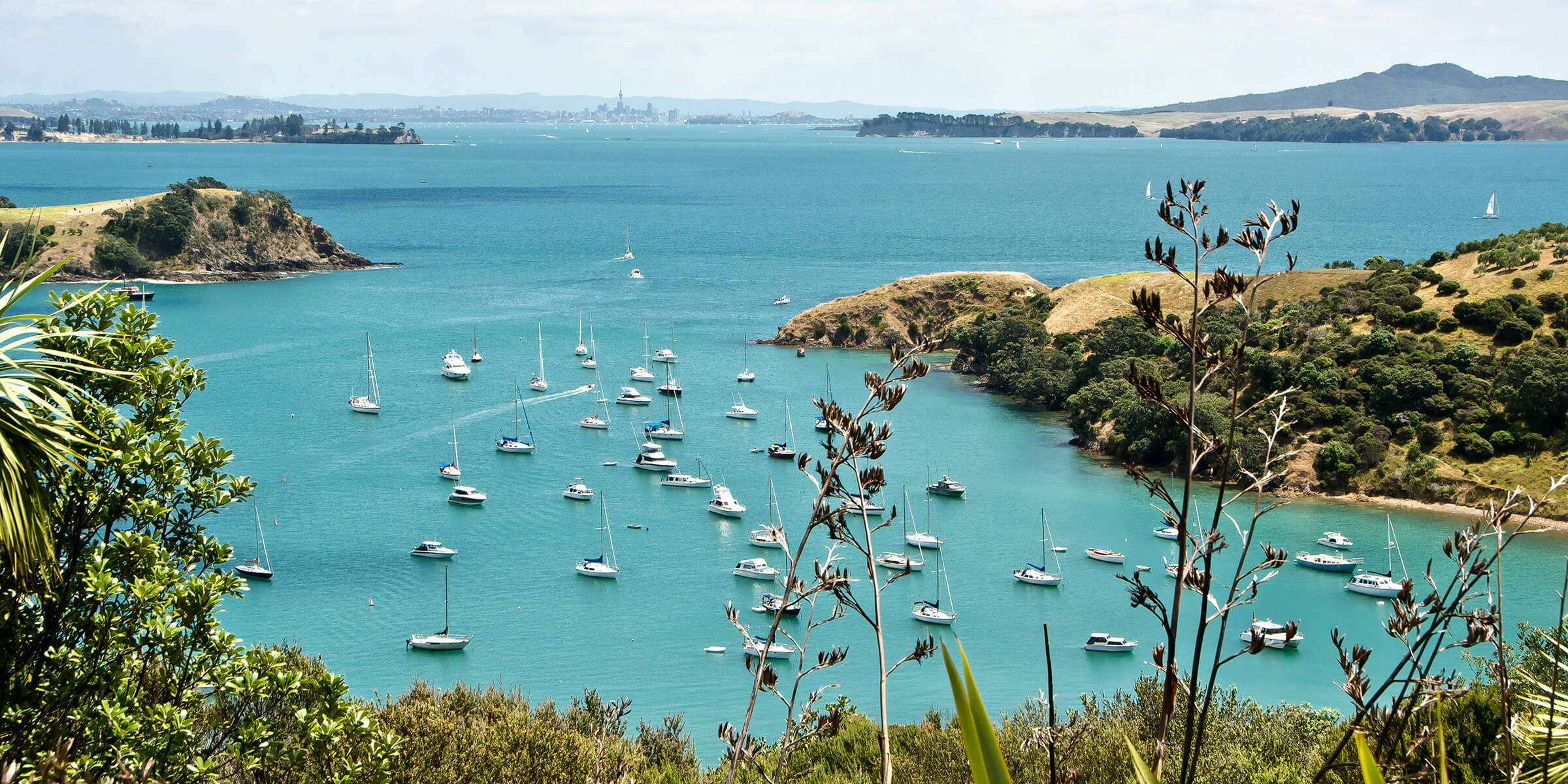
Biosecurity basics every Kiwi boatie should know
Aotearoa’s 15,000 km coastline is more than just postcard-pretty; it underpins a marine economy worth over $10 billion a year and supports thousands of jobs and Kiwi livelihoods. Yet more than 330 non-native marine species have already slipped through our borders, and every dirty hull or weed-clogged anchor risks spreading the next one.
Below you’ll find practical, on-the-water steps to stop pests hitch-hiking on your boat. They’re quick, cheap, and they will keep the playground we all love and thriving for generations.
Why marine biosecurity matters
-
Marine pests smother mussel and oyster farms, foul water intakes and crowd out taonga species.
-
Even a 1 mm slime layer can add 1 – 5 % to your fuel bill, while heavy animal fouling can spike consumption by up to 40 % - as explained on MarinePests.nz.
-
Divers inspected 625 boats around Auckland last season, and over a third needed follow-up work because fouling topped the accepted threshold, according to the Auckland Yacht & Boating Association.
Know your unwelcome hitch-hikers
| Pest | What it looks like | Why we worry |
|---|---|---|
| Exotic caulerpa (C. brachypus / parvifolia) | Bright-green, fern-like mats carpeting the seabed. | Outcompetes native seagrasses; controlled-area notices now cover parts of Waiheke, Te Rāwhiti and the Poor Knights. |
| Mediterranean fanworm | A single white tube topped with a tan-and-white fan. | Clogs marinas and slows boats; details on MarinePests.nz. |
| Clubbed tunicate | Tough brown “drumstick” sea squirt, up to 15 cm. | Blankets, mussel lines, and pylons, hammering aquaculture. |
Clean hull, clean gear
-
“Clean below? Good to go.” MPI’s Craft Risk Management Standard (CRMS) lets you move only if your hull carries light slime (under 1 % coverage on hull, under 5 % in niches).
-
Many marinas now enforce the “6 or 1” rule - either antifoul within six months or lift-and-wash within one - mirroring guidance on AYBA’s site.
-
For step-by-step prep (and why it matters), see our Guide to anti-fouling.
-
Keep a maintenance log with haul-out dates, antifoul receipts and before/after photos; it proves compliance if the harbourmaster calls.
Anchor and equipment hygiene
Seaweeds, fanworms and other nasties travel on anchor chains, pots, burley bags, dive kit and even duckboards. The fix is simple - and exactly what this article from Burnsco recommends:
-
Check for weed and critters when the gear comes aboard.
-
Clean with a stiff brush and fresh water (or seawater plus detergent).
-
Dry for at least 48 hours before you launch somewhere new.
Rules on the water
-
Controlled-area notices ban anchoring, fishing with seabed gear and moving uncleaned craft in marked polygons off Waiheke Island and Te Rāwhiti. Breaching a notice can cost individuals up to $50000. Full maps are available on MPI’s Protect Our Boating Paradise hub.
-
Most harbour bylaws mirror the CRMS: arrive with only slime and you’re sweet; show heavy growth and you’ll be ordered to haul out at your expense.
-
Some marinas will refuse entry without proof of recent antifouling. Ring ahead, especially if you’re cruising north this winter.
Trip-planning checklist
Before you cast off
-
Antifouled within the last 12 months (north) or 18 months (south).
-
Bilge empty, live-bait wells flushed, niche areas (props, thrusters, intakes) inspected.
On passage
-
Hold station in water deeper than 5 m when waiting for slack tide; avoid dragging the pick across weed beds.
-
Hose off any visible weed when you up-anchor.
Before you change regions
-
Haul-out wash-down receipt or antifoul certificate handy.
-
Online declarations have been completed for marinas that request them.
Spot it? Report it
If you see something odd, or anchor in a no-go zone by mistake, snap a photo, note the GPS and get in touch:
-
Call Biosecurity NZ 0800809966.
-
Or use the free Find-A-Pest app (also linked on the MarinePests.nz homepage).
Every fouled hull or weed-fringed anchor is a potential Trojan horse. By keeping gear spotless, following simple regional rules and reporting anything unusual, we can protect the cruising grounds we adore and make boating cheaper and safer to boot.
Stay vigilant and keep our marine paradise pest free.